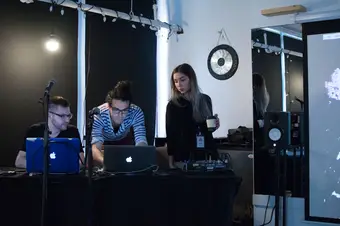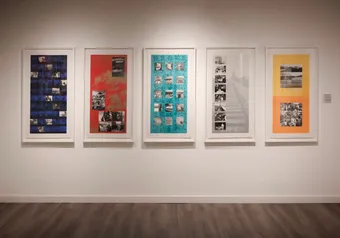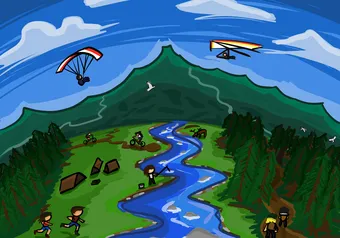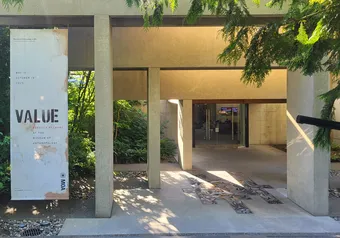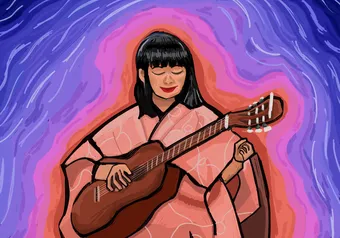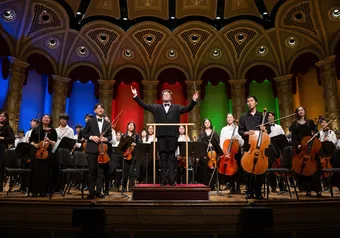When you hear the word “EDM,” you will most likely think of huge arenas, filled to the brim with underdressed party-goers, sweating through their shirts due to their sole dance move of jumping up and down in the pitch-black floor of the stadium, or open air festivals. Places like the ubiquitous Ibiza, or the spring-break beaches of Florida, might pop up in your head.
To many, that is the reality of EDM. Huge, bombastic sounds with large bass drops after a copy-paste crescendo, with a sole person at the helm, a person who’s most likely worth millions, earning those millions through pressing play on their Mac. However, for participants in the local Vancouver EDM music-scene, the reality cannot be further from that.
For the local EDM-field labourer, their work is defined by long hours, the need to collaborate, and a constant drive to expand their knowledge, all in the name of improving their craft. That leads to the Chapel Sound Festival, a three day long event hosted by the Chapel Sound Collective, "showcasing the city’s established and emerging talent in electronic music, art and technology." During the daytime, the festival hosted workshops and discussion panels on EDM-related topics. During nighttime, performances from Vancouver-based EDM musicians and DJs took place.
Even with the late-night DJ performances included, the festival is still a lot nerdier than you might expect. Akin to a professional industry conference, most of the workshops showcased breakthroughs in electronic music technology and industry jargon was being thrown around with ease. Out of the seven workshops in the lineup, six took place (one dropped out due to unforeseen circumstances). Three of the six workshops were entirely about new interactive gestural technology that could be utilized to create art. Throughout, the more stylish hipster attendees could not be more entranced.
The remaining workshops consisted of a presentation on social media techniques, and two discussion panels: one discussing "Women in Electronic Music and Creative Technology," and one discussing "Balancing exposure and artistic integrity."
These workshops further reinforced the notion that the festival was a professional industry conference, as the presentations, while interesting and informative, were mostly geared towards the full-time artists in the room.
Networking amongst the attendees was in full effect throughout the conference. The attendees included influential people in the local art scene, and there were plenty of seasoned musicians who were willing to impart some of their knowledge onto willing listeners.
Performances by local artists came during the nighttime. Around 200 people attended the performances, with the atmosphere somewhat akin to an underground club. The music was also "probably one [sic] of the best EDM music [they’ve ever] heard." Coming from EDM addicts, that’s no small feat.
The festival took place in three different locations around Vancouver. For the workshops, the locations were the Gold Saucer, a studio space owned by a collective of artists, and SKIO Music, the office of an internet music-marketing platform. The performances took place at the Red Gate Arts Society, a multipurpose art room. All of the locations were fairly small, which further reinforced the intimate DIY culture exuded from the events themselves.
The festival was definitely focused on a very niche audience. An aspiring artist, or someone heavily into EDM culture, would certainly have found a lot of value in this festival, however, for attendees looking for a traditional EDM festival, there are better options elsewhere.
First online
Share this article


